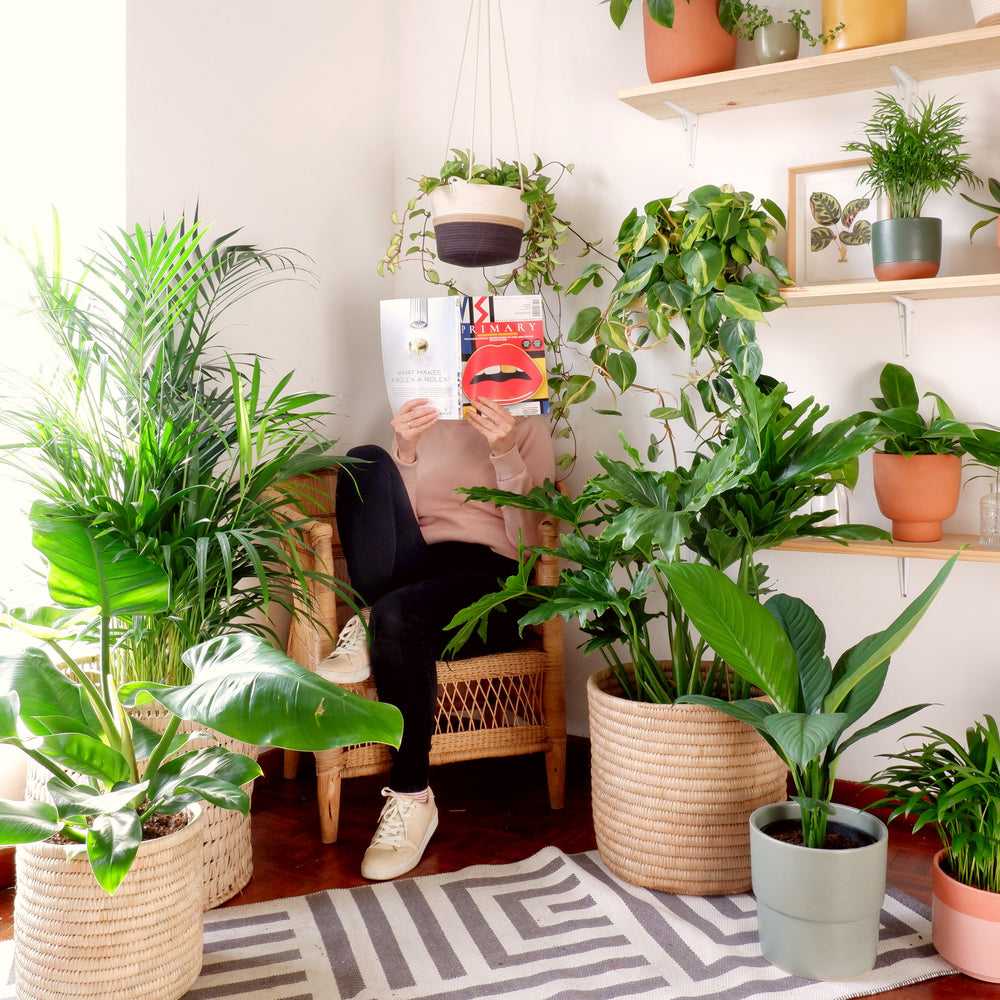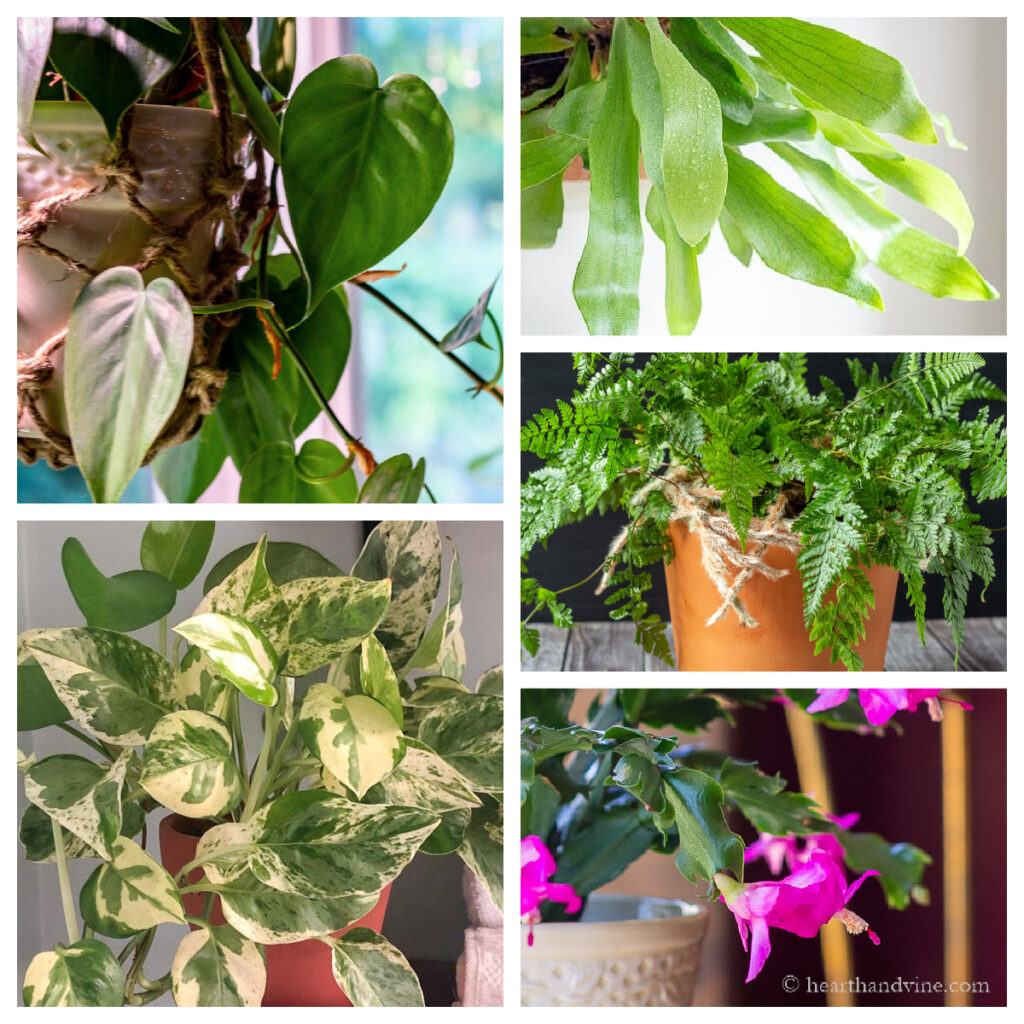Best Low-Light Indoor Plants for Creating a Relaxing and Green Environment
Best Low-Light Indoor Plants for Creating a Relaxing and Green Environment
Blog Article
Transform Your Home With Beautiful Low-Light Indoor Plants and Their Advantages
Incorporating low-light indoor plants into your home can considerably boost both the aesthetic and ecological top quality of your home. These plants, which thrive in dark conditions, offer not just as decorative components but also as all-natural air purifiers, making them ideal for urban residents or those with restricted sunshine direct exposure. As we check out the various kinds of low-light plants and their advantages, you might discover unusual ways to incorporate them into your home that can change your environments in means you may not have actually anticipated.
Advantages of Low-Light Plants
Low-light plants offer countless benefits for indoor settings, making them a superb choice for both novice and seasoned gardeners. One of the key advantages is their adaptability to low-light conditions, enabling people to improve their home without the requirement for considerable sunlight exposure. This particular makes them perfect for homes, offices, and other areas with restricted all-natural light.

Moreover, incorporating low-light plants into home décor can raise the visual charm of a space. Their rich foliage and differed appearances create a soothing atmosphere, adding to general well-being. The visibility of greenery has actually been linked to decreased anxiety levels and enhanced productivity, making low-light plants a useful option for boosting both physical and psychological wellness in interior setups.
Leading Low-Light Indoor Plants
While many indoor plants flourish in brilliant light, a number of species are specifically well-suited for low-light conditions, making them ideal for different indoor areas. One prominent option is the Snake Plant (Sansevieria), recognized for its striking upright fallen leaves and durability, requiring marginal treatment. Another excellent alternative is the Pothos (Epipremnum aureum), which includes heart-shaped leaves and can route wonderfully from hangers or shelves, prospering in low light and including a lush touch.
The ZZ Plant (Zamioculcas zamiifolia) is commemorated for its shiny leaves and capability to hold up against disregard, making it perfect for active way of livings. Likewise, the Peace Lily (Spathiphyllum) not just tolerates low light but also generates spectacular white flowers, enhancing any type of room's visual.
For a distinct touch, consider the Cast Iron Plant (Aspidistra elatior), which undoubtedly meets its name, growing in the darkest corners of your home. The Chinese Evergreen (Aglaonema) provides a selection of fallen leave patterns and colors while being exceptionally flexible in low-light conditions. These plants not only enhance interior settings however likewise contribute to air purification, enhancing your living space.
Care Tips for Low-Light Plants

Sprinkling practices are vital; these plants often choose a little completely dry problems. Overwatering can bring about root rot, so make certain that the top inch of soil is completely dry prior to watering once more. Usage pots with drainage holes to allow excess wetness to escape.
Moisture is one more vital aspect. Lots of low-light plants, such as brushes and peace lilies, take advantage of higher moisture levels. To see here boost humidity, consider misting the leaves or positioning a tray of water near the plants.
Fertilizing ought to be approached with caution. Throughout the go to this site expanding season, make use of a diluted, well balanced fluid plant food every month to sustain development, however stay clear of fertilizing throughout the inactive winter months.

Imaginative Ways to Present Plants
Interior plants can act as captivating centerpieces in any type of space, boosting both visual charm and atmosphere. Innovative screens can raise the visual impact of low-light plants, making them an important part of your home design. One efficient method is to use tiered plant stands, which allow you to display several plants at varying heights while taking full advantage of floor space.
Hanging planters are another cutting-edge alternative, creating a sense of deepness and drawing the eye upward. Think about macramé hangers or wall-mounted racks to present a distinct structure and style.
For an extra organized technique, use geometric terrariums or glass containers to house your plants, adding a modern-day touch to your indoor garden. You can additionally repurpose classic items, such as teacups or wood pet crates, for an eclectic display that reflects your individuality.
Enhancing Home Ambiance With Plants
Incorporating low-light plants right into your home not only boosts visual allure but also contributes substantially to the total setting. These plants serve as all-natural decoration elements, presenting a sense of peace that can transform any kind of space. The visibility of greenery cultivates a soothing atmosphere, which is particularly beneficial in high-stress settings such as home offices or living areas.
Low-light plants, such as serpent plants, pothos, and ZZ plants, are not only cosmetically pleasing but likewise improve indoor air high quality by filtering toxins. This dual function boosts the ambiance even more, developing a healthier living space (Best low-light indoor plants). The strategic placement of these plants can additionally affect the perception of area; for circumstances, high plants can draw the eye up, making ceilings show up higher and spaces a lot more sizable
Additionally, differing textures and colors of vegetation include depth to interior decoration, permitting innovative expression in home designing. Whether positioned on shelves, in edges, or as focal points, low-light plants can raise the mood of any type of room. In recap, incorporating these plants right into your home is a reliable way to foster a warm, inviting ambience while gaining the advantages of boosted air top quality and visual versatility.
Conclusion
Integrating low-light indoor plants into home settings uses top article various benefits, consisting of enhanced aesthetic allure and enhanced air quality. These resilient plants, such as the Serpent Plant and Peace Lily, call for very little light and maintenance, making them suitable for diverse way of livings.
While numerous interior plants flourish in intense light, a number of varieties are especially well-suited for low-light problems, making them optimal for various indoor rooms. One effective approach is to use tiered plant stands, which permit you to showcase numerous plants at varying elevations while making the most of flooring space.
Low-light plants, such as serpent plants, pothos, and ZZ plants, are not just visually pleasing yet also enhance interior air high quality by filtering system pollutants. Best low-light indoor plants. The calculated positioning of these plants can likewise affect the assumption of room; for instance, tall plants can draw the eye up, making ceilings show up higher and areas a lot more spacious
These resistant plants, such as the Snake Plant and Tranquility Lily, need very little light and maintenance, making them appropriate for varied lifestyles.
Report this page